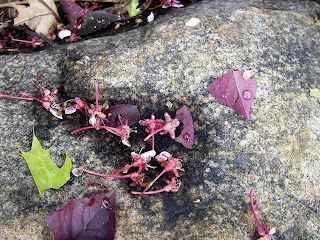 What do dolphins like to do? The best way to find out is to ask the dolphins. They can't really talk right now, but they're working on it. You could ask that question about any animal. Often, careful observation of the subject answers the question.
What do dolphins like to do? The best way to find out is to ask the dolphins. They can't really talk right now, but they're working on it. You could ask that question about any animal. Often, careful observation of the subject answers the question.I was watching a YouTube video yesterday of captured dolphins. That's what made me ask the question. In the video, the dolphins were swimming in what appeared to be turquoise water. The water probably appeared to be that color because the bottom of the pool was painted turquoise. One dolphin kept leaping onto what looked like a white plastic platform with a "slide"built into it, something like a one-piece fiberglass shower and tub unit that people foolishly install in their homes. The dolphin's behavior looked a lot like someone repeating a boring task.
As an aside, on the subject of fiberglass tub and/or shower units, I would like to ask people who have had them installed in perfectly good homes, "how do you like those things after three or four years?" You can only clean them with a few products as explained in the care guide that accompanies them and which almost no one reads. If you use anything harsher than, say, baking soda, the shine comes right off. It gets worse and worse from there on. The plastic-like fiberglass surface becomes a sponge and attracts film and bonds forever with it. The job of cleaning the shower then becomes a real workout. There are a lot of people who know exactly what I'm talking about. Porcelain is the best way to go in the long run.
Let's return to the subject of dolphins. They can obey commands and signals and appear to enjoy these types of activities in the ocean, but that may be because they can swim away when they get bored. At the Dolphin Research Center, the dolphins train the trainers to work with them. Although you can't make a direct correlation, dolphins are like people in that they have different personalities and different likes and dislikes. Mostly, they just like to have fun.
In trying to make a practical application of this information, try to remember "one fish after every behavior" is boring.




 "
"